Bakhshi Caravanserai: A Forgotten Stop On The Silk Road
Nestled along the Silk Road in modern-day Turkmenistan, the Bakhshi Caravanserai stands as a silent witness to centuries of trade, travel, and cultural exchange.
This remarkable site, though lesser-known compared to grander caravanserais, played an important role in helping people and goods move between Asia, Europe, and the Middle East.
It served as a vital rest stop for merchants, pilgrims, and travelers who traversed the arid landscapes of Central Asia.
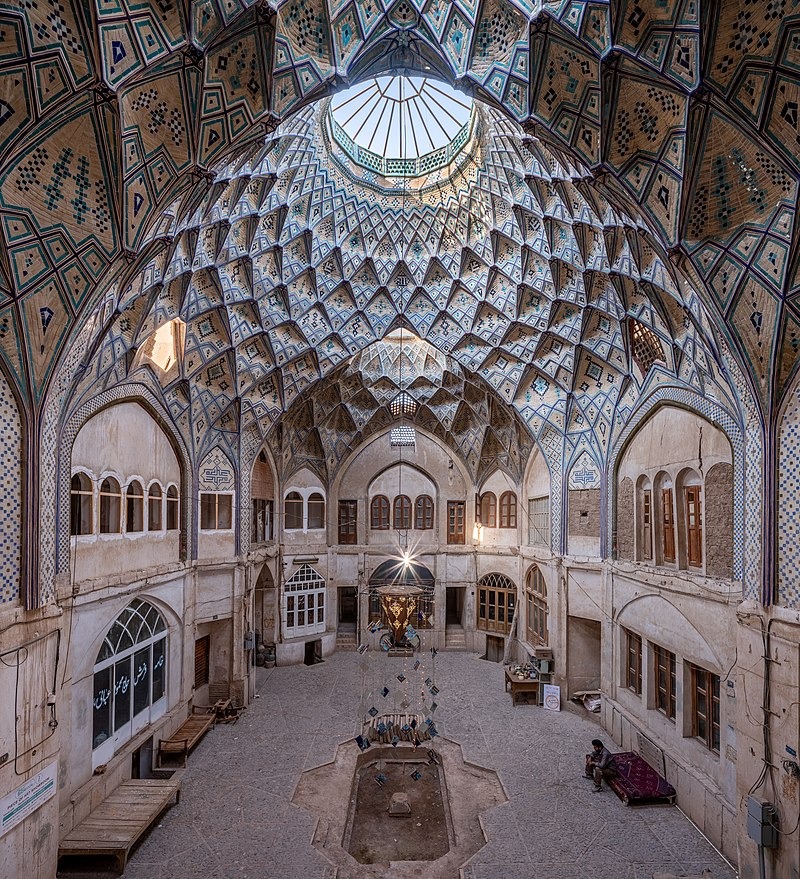
What Is a Caravanserai?
Caravanserais were like ancient roadside inns.
They were built along major trade routes to provide food, water, and shelter to travelers and their animals.
More than just places to sleep, these inns became centers of trade and cultural exchange.
People from different regions would meet, trade goods, and share ideas, making the caravanserais essential for connecting different parts of the world.

The Bakhshi Caravanserai’s Location
The Bakhshi Caravanserai was located along an important route in Turkmenistan, where traders traveled between Persia, India, and the Mediterranean.
While the exact date it was built is unknown, it likely dates back to the height of the Silk Road, which was at its busiest during the medieval period.
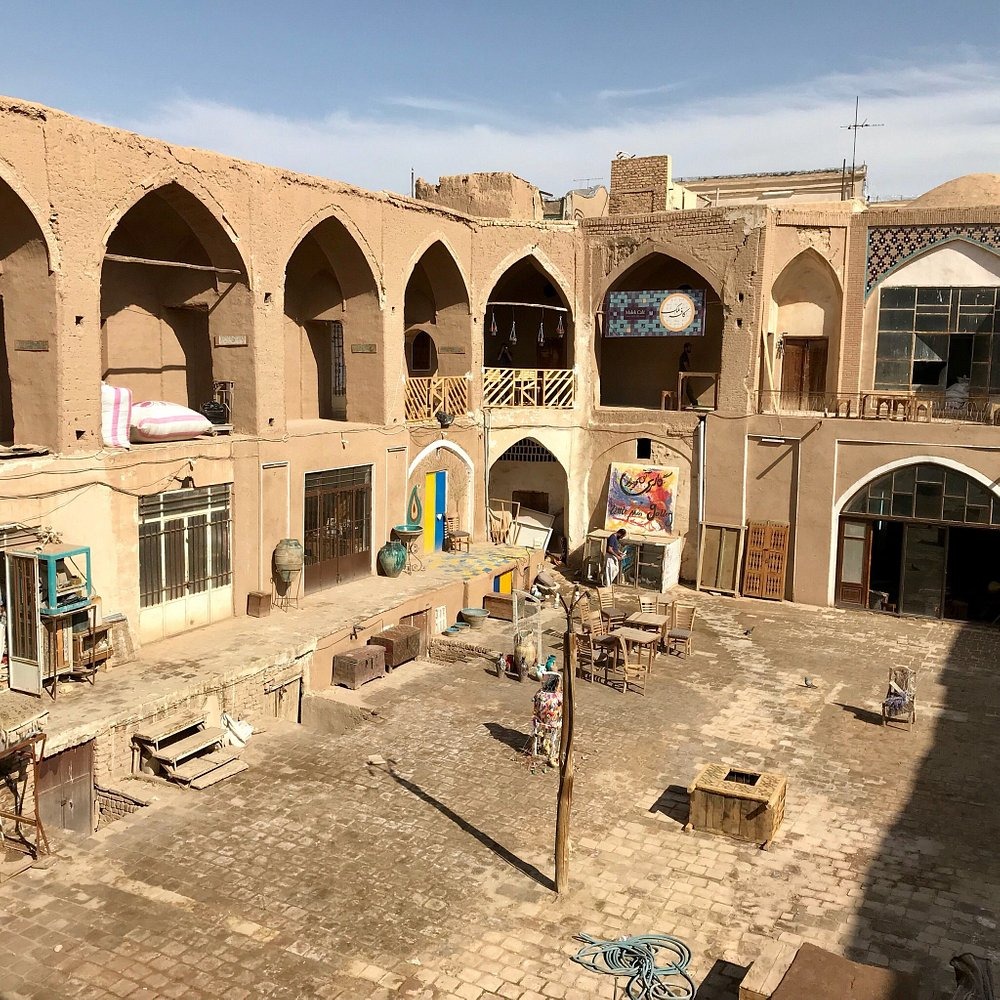
Positioned in a desert, the caravanserai provided a crucial stopping point where traders could rest and prepare for the long, hot journey ahead.
The surrounding area had some access to water and fertile land, making it a practical place for a rest stop.
Additionally, its strategic location made it an ideal point for caravans to regroup, share information, and trade goods like silk, spices, precious stones, and textiles.
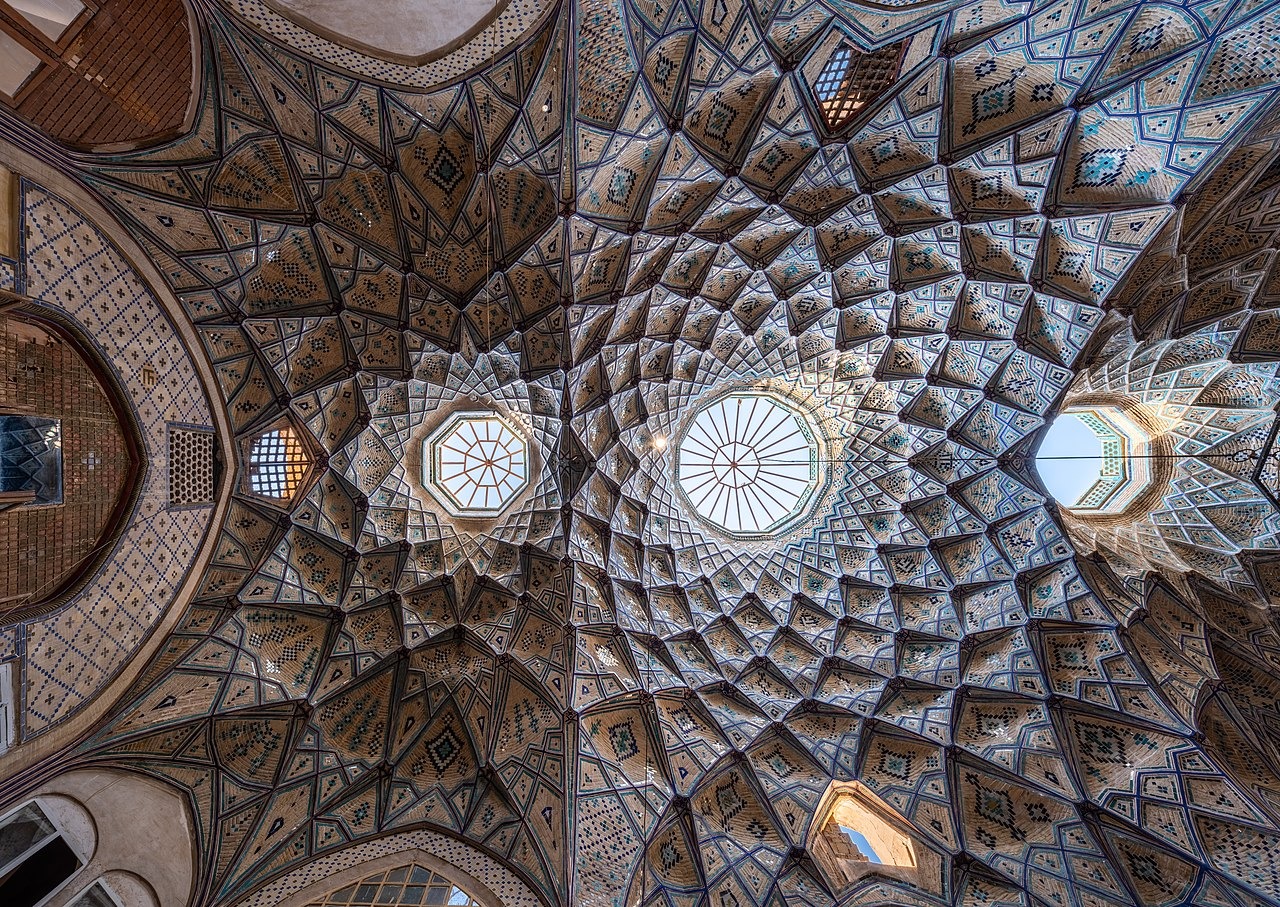
Architecture of the Bakhshi Caravanserai
Architecturally, the Bakhshi Caravanserai followed the traditional layout seen in many caravanserais across the Silk Road.
It was typically built with thick stone walls to protect the occupants from both the elements and potential threats, such as bandits.
The structure featured a large courtyard at its center, around which the various rooms were arranged.
The central courtyard was essential for unloading goods and provided space for the animals to rest.
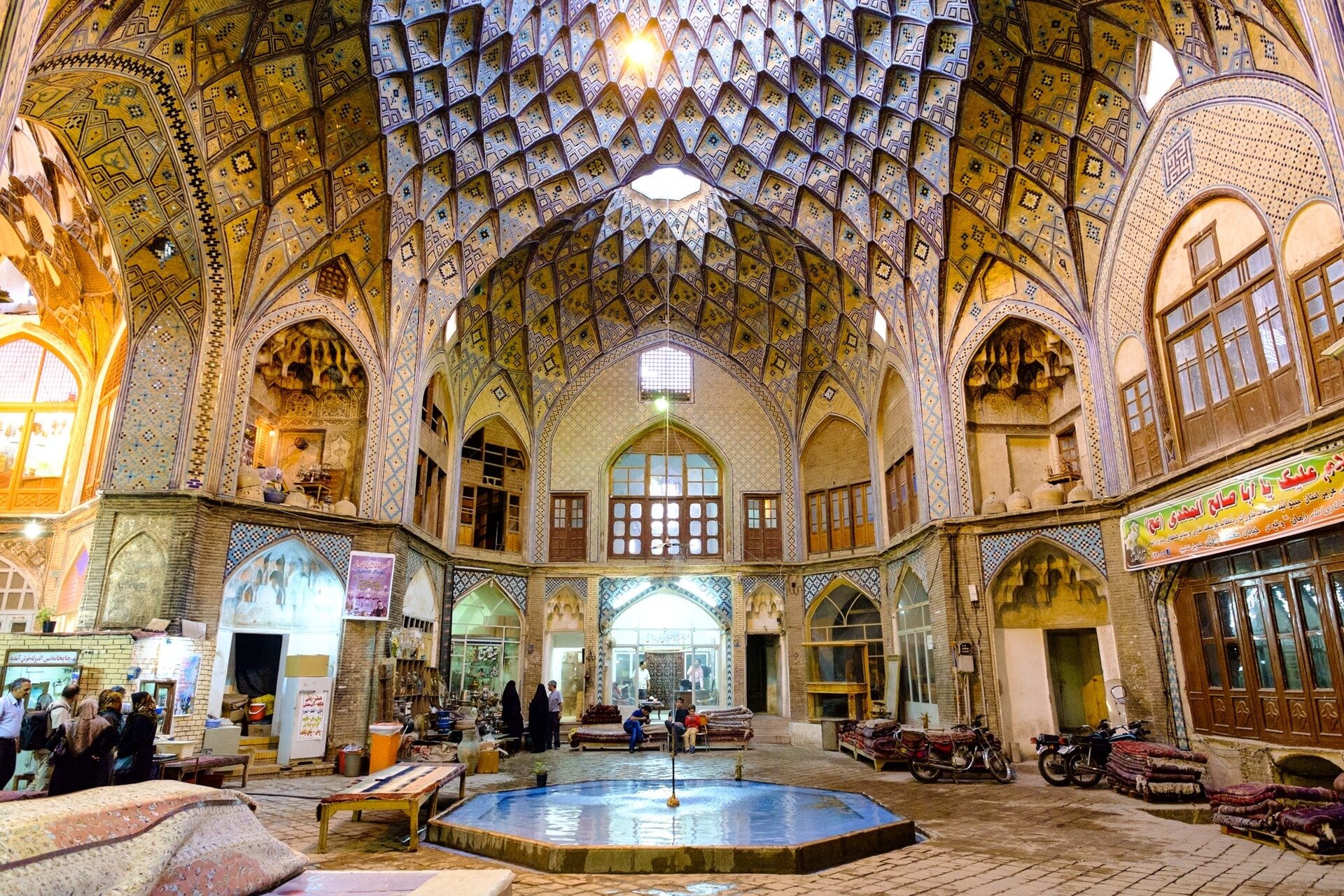
Surrounding the courtyard were rooms for travelers, storage areas for goods, and stables for camels and horses.
The rooms were simple yet functional, offering basic shelter from the harsh conditions of the desert.
One of the unique features of the Bakhshi Caravanserai was its domed chambers, which were used to store goods that needed to be kept cool, such as perishable food items.

A Hub of Commerce and Cultural Exchange
The Bakhshi Caravanserai was a vibrant center of trade where merchants from all over the world came to exchange goods.
Silk from China, spices from India, and other valuable items passed through this caravanserai, helping to connect distant markets.
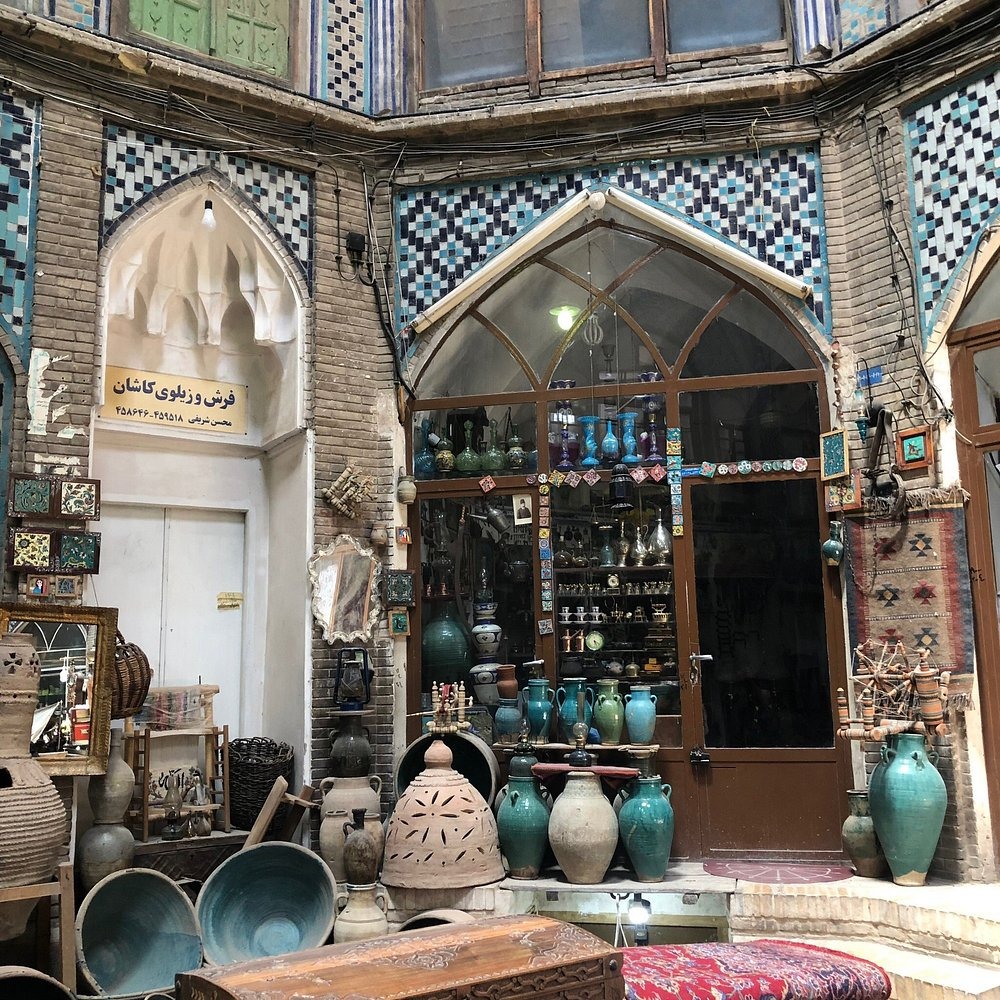
It was also a place where different cultures met.
Traders from Persia, India, Arabia, and even Europe would gather here.
They didn’t just trade goods; they also shared stories, ideas, and customs, making Bakhshi a melting pot of languages and traditions.

Decline of the Caravanserai
As maritime trade routes grew in popularity, the importance of caravanserais like Bakhshi began to fade.
Fewer caravans passed through, and eventually, many of these inns were abandoned.
Over time, the Bakhshi Caravanserai fell into ruin, with only its crumbling walls left standing in the desert.

Efforts to Preserve the Site
Recently, there has been more interest in protecting the historic sites along the Silk Road.
Although Bakhshi is not as famous as other caravanserais, it is still a valuable piece of history.
Preservation efforts have been made to stabilize what’s left of the structure and prevent it from further damage.
Visitors to the site can still see the remains of the central courtyard and the thick walls that once protected travelers.

